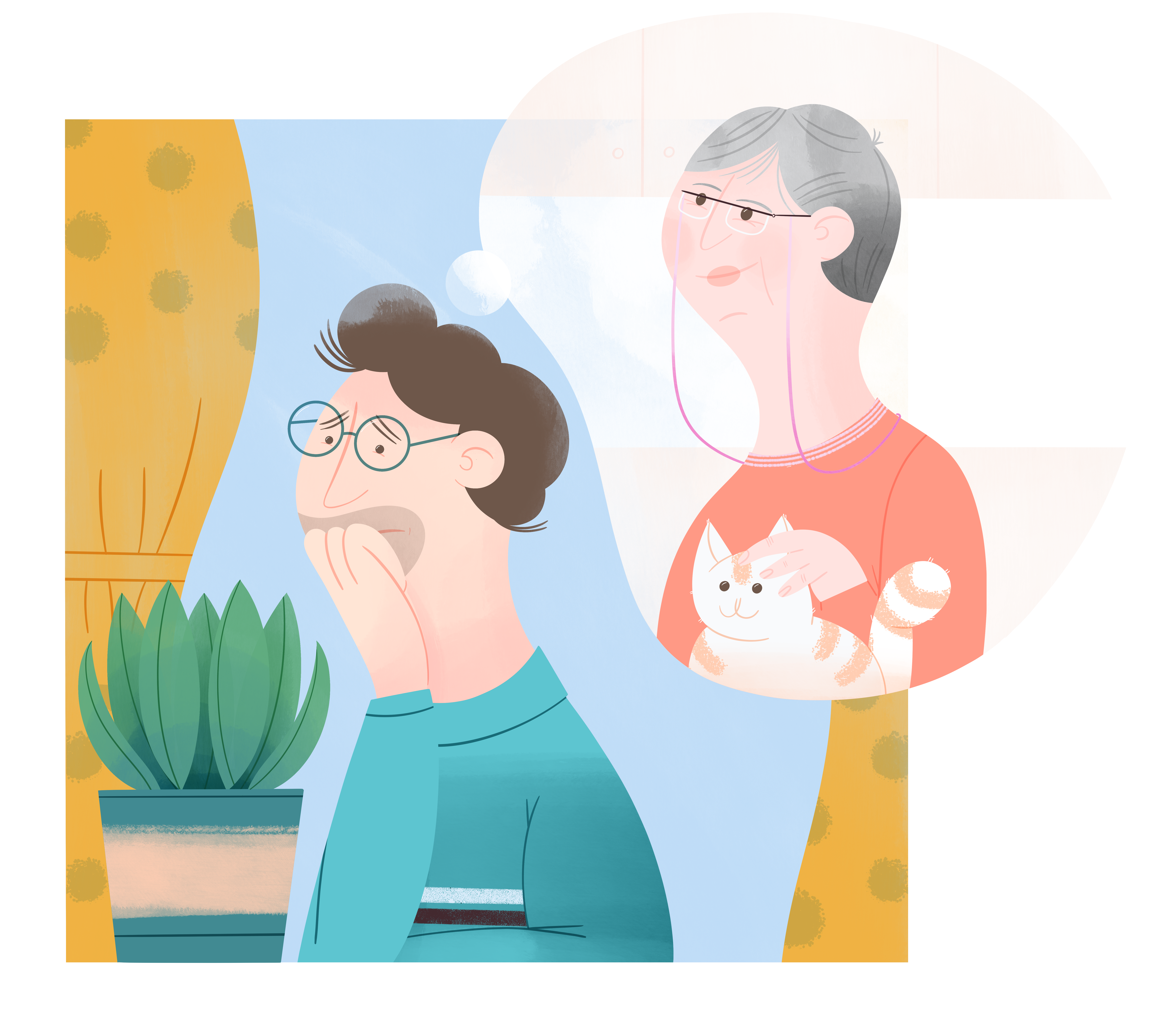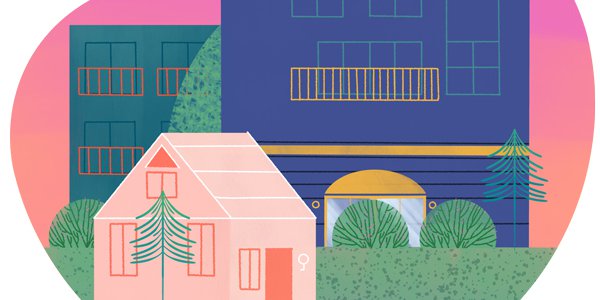This information sheet will help you better understand how falls occur and how to avoid them.
Risk factors and consequences
Falls are often the result of factors that can be grouped into three broad categories: health status (motor and cognitive skills, vision, etc.), living environment and medications, some of which can have side effects that increase the risk of falls.
One out of three falls does not result in serious injury. However, most falls have consequences, such as:
- Injuries and fractures
- Hospitalization, sometimes followed by a stay in a rehabilitation centre
- Loss of autonomy that could result in the person having to move
- Fear of falling that can cause individuals to limit their activities and to precipitate their loss of autonomy
Preventing falls
Adapting the home
A safe environment is the first step in preventing falls at home. There are many ways to maximize safety at little cost, including obtaining safety and support equipment, removing rugs, rearranging rooms and choosing furniture carefully.
Dressing appropriately
To reduce the risk of falling or slipping on floors, it is advisable to:
- Wear anti-skid shoes or slippers
- Avoid wearing very long housecoats, night dresses or skirts, which could be a tripping hazard
Using a walking aid
A cane can help you keep your balance and walk more easily when one leg is weaker than the other.
- The cane should be used on the opposite side of the weak leg (i.e., if your right leg is weaker, you should hold your cane on the left).
- To adjust the cane to the right height, put on your shoes and stand up straight, with your arms at your sides. The top of the cane should be at the level of your wrist.
- A rubber tip improves the cane’s adherence to the ground.
A walker is useful when the legs become weaker.
- It is used close to the body, i.e., your legs should be parallel with the back legs of the walker, allowing you to keep your back straight.
- To adjust the height of the walker, put on your shoes and stand up straight, with your arms at your sides. Your wrists should be at the same level as the hand grips.
- If you find it difficult to lift the walker, you can install wheels on the front legs. It’s also a good idea to install rear glides on the back tips to reduce friction.
To find out more about technical aids to maintain your autonomy and prevent falls, watch this video (in French), produced in collaboration with the Centre d’expertise en santé de Sherbrooke.
Using technical or technological aids
There are many tools to make daily tasks easier, prevent movements that could lead to a fall, and alert others. Here are some examples:
- Long-handled grabber to pick up items off the ground
- Sock puller to avoid having to bend over when dressing
- Serving cart to move several items at the same time
- Motion-sensor lights for entrances
- Seat pad with motion sensor (triggers an audible alarm when the person tries to get up)
- Call bell for your loved one to let you know when he or she wants to get up
Using medical alert devices or a phone check-in service
The PAIR program, developed in partnership with the Ministère de la Famille, is a free automated calling service for older adults experiencing a loss of autonomy. Volunteers and contact people call regularly to check whether the person is in need of help.
A number of private companies offer medical alert services in case of falls. They generally work the same way: when the person who has fallen presses an alert button on a bracelet, necklace or other device, he or she will be put in touch with an operator who will dispatch the appropriate help.
Physical activity
Regular physical activity helps maintain muscle strength, endurance, balance and good posture. Safe is an exercise program towards healthy aging. Developed by the Geriatric Division of Medicine at the McGill University Health Centre (MUHC), safe is a series of exercise videos with one goal – to prevent falls, as well as overcoming the fear of falling.
Checking and adjusting medication
If you think your medication or that of your loved one might increase the risk of falls, it is a good idea to discuss the matter with your physician or pharmacist.
STAND UP! program
The STAND UP! program was put in place by the Direction de la santé publique. It is provided, free of charge, by the Integrated Health and Social Services Centres (CISSS), generally through your local CLSC.
The 12-week program is geared towards autonomous adults aged 65 and over who have already had a fall or who are worried about falling. Participants are taught exercises to improve their balance and strength. They also receive handy tips on how to avoid falls and make their home safer.
For more information on the STAND UP! program in your region, contact your CLSC.
For more information, call Caregiver Support Helpline at 1 855 852-7784. Our professional counselors are on hand to listen, provide information and direct you to resources and services in your area.







